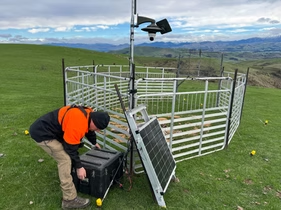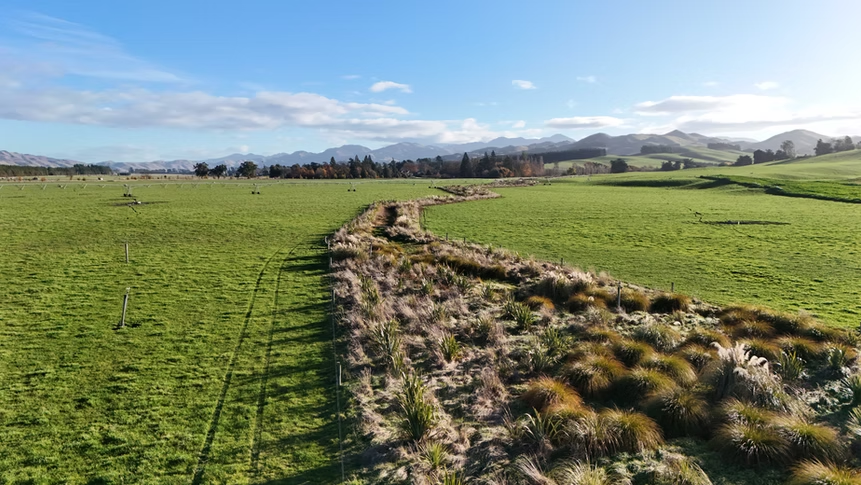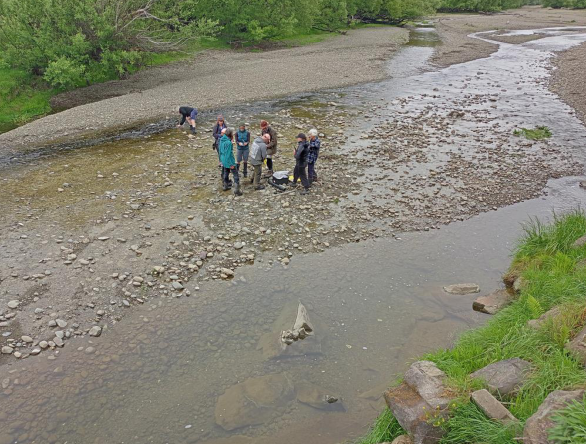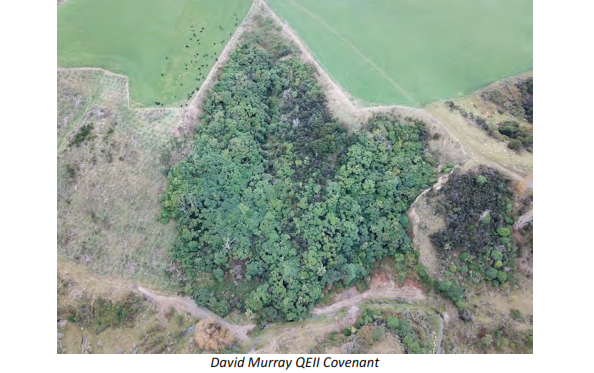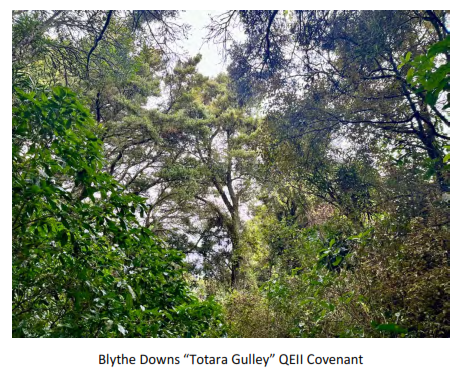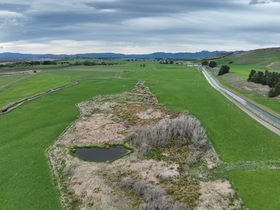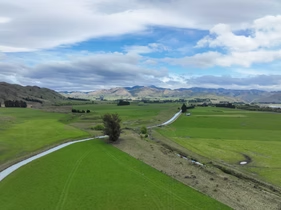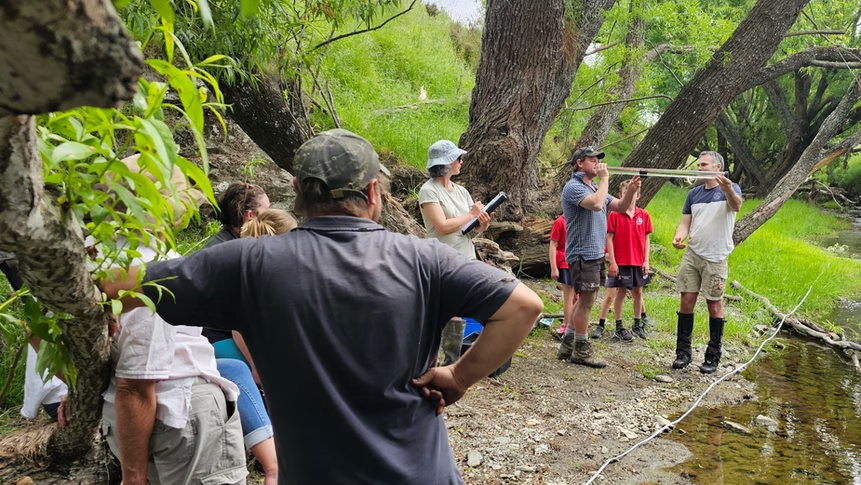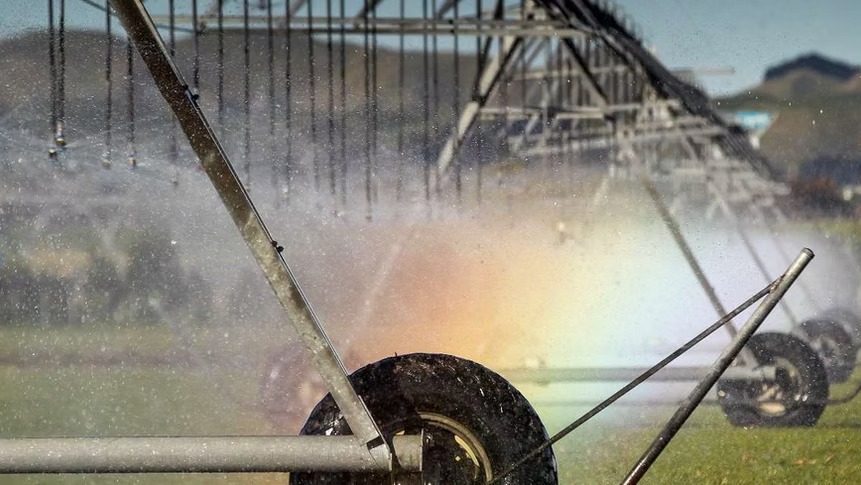Jed River Catchment Project
Jed River Catchment Project An environmental vision for the Jed River catchment in Cheviot is taking shape, with school children playing a key role in biodiversity improvements.
The Jed River Catchment Project was sparked in 2018 as a local community vision to improve water quality of the river so children can safely fish and play in it again, to create a biodiversity corridor from the mountains to the sea, and a filtration wetland area between the township’s oxidation ponds and the Jed River.
The catchment has several tributaries rising in the Cheviot Basin foothills that flow through to the coast north of Pariroa/ Gore Bay where the river ends in a hapua, or lagoon. The first site worked on is the Hutchison Reserve/Woolshed Stream tributary.
The first step was to attack willows and other weed trees that were choking parts of the floodplain; sucking up large volumes of water and crowding out native vegetation. This has been achieved without chemicals, with willows cut down and mulched, and stumps covered by weed-matting. Some follow-up to eliminate resprouting has been required but the willows are now history. Planting began in 2023 and by the end of the 2024 season 3000 native plants were in the ground.
Local freshwater ecologist John Preece has overseen the planting strategy – which is to establish pioneer species with emphasis on shelter plantings to reduce the impact of wind and sun on the northwest edge of the reserve. Kohuhu and manuka dominate most of the site but also introduced are cabbage tree, mingimingi, karamu, lowland ribbonwood, lacebark, flax and toe toe.
School students have played a huge role in planting out the reserve, as well as testing for water quality and aquatic life. There are social as well as educational spinoffs generated by this project and involvement of the schoolchildren has inspired families in the community. There is now a community garden on the Hutchison Reserve site.
Expert advice and financial support has come from several sources, including Te Rūnanga o Kaikōura, Ngai Tahu, Environment Canterbury, Mainpower and Hurunui District Landcare Group. Input from the Wai Connection – Tatai te Ke Wai, a government-funded community catchment programme, provides another layer of expertise.
Contacts


